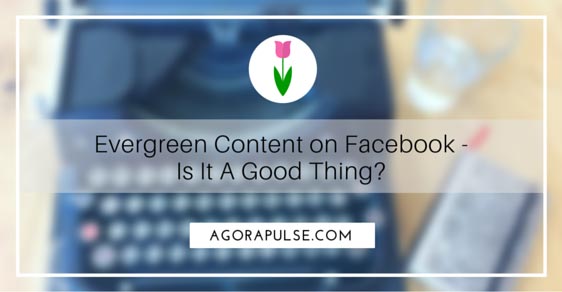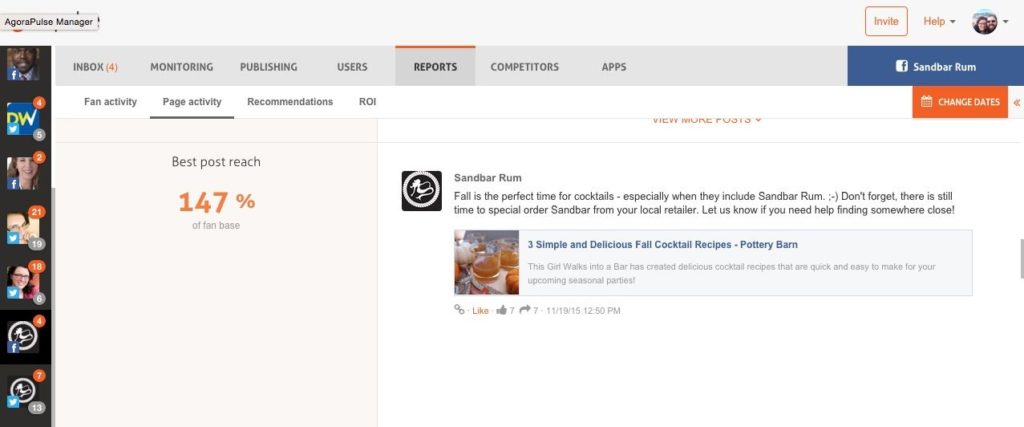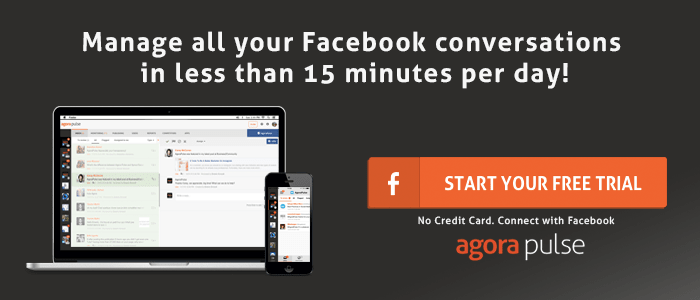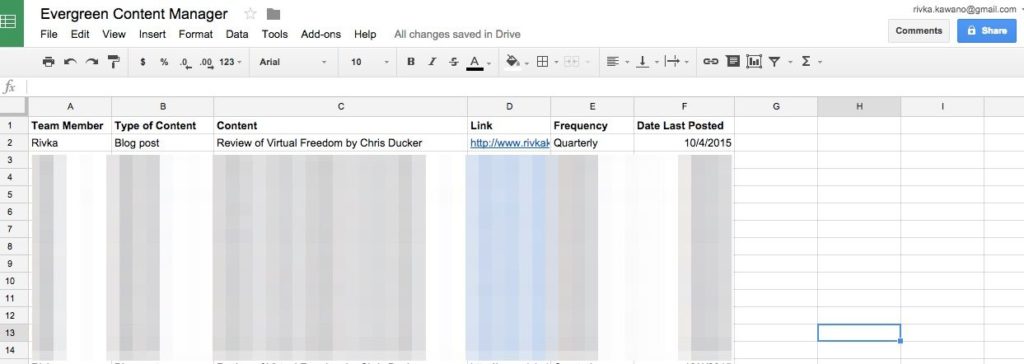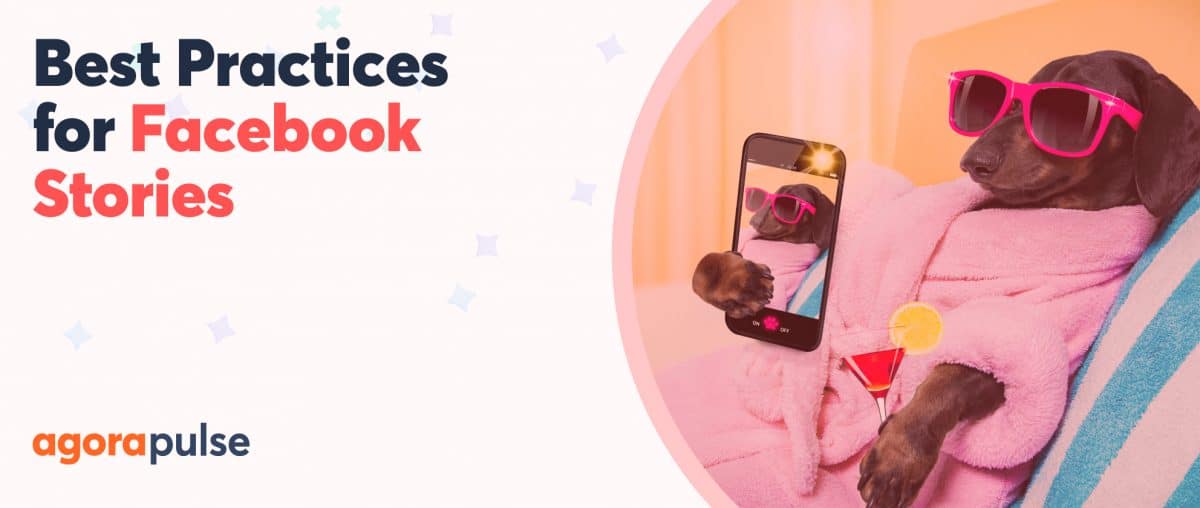It can be a huge job to come up with new content for Facebook day in and day out. One solution for this problem can be to start utilizing evergreen content. If you don’t know what that means, don’t worry, by the end of this post you will be an expert!
And if you are worried that using evergreen content might have a negative effect on your Facebook ranking, we will address that too.
What is Evergreen Content and Why Use It?
Evergreen content is content without an expiration date. It contains information, tips, images, videos, blog posts, etc. that will continue to be useful whether your audience reads them in the next five minutes, five weeks, or five months.
If you dedicate a lot of time and effort to creating content for your brand, it can often seem that content is seen just a few times and then disappears from the horizon. But if that content is something that is still valuable, why not share it again? By doing so you are both saving yourself time and effort in writing new content as well as maximizing the value of what you already have.
A quick note – evergreen content does not have to be only content that you create. Curated content of value to your audience can also be considered evergreen.
Ways to Create and Manage Evergreen Content
A good place to start is to go through all your existing content and determine what is evergreen. If you have been blogging, creating videos, or making other content for a while, you might be surprised at just how much stuff you have gathering Internet dust. Once you have done that step, make sure any future updates you also evaluate for evergreen value. Don’t worry – there are tools for both.
- Agorapulse
If you are wondering which of your posts you should reschedule again in the future, look to see what is getting the most interaction already. Most of the content scheduling tools will show you statistics for content that was posted using that tool, but Agorapulse is unique in that it shows you analytics for every post regardless of how you posted it.
It will show you best post reach, a breakdown for every post, recommendations, and more. Another reason to pay attention to Agorapulse for evergreen content is that one of their upcoming updates is to allow evergreen content creation in their publishing section as well.
- Google Drive
Another option is good old Google Spreadsheets. A great place to brainstorm and store all your content ideas, along with notes about when the last time you shared them.
You will still need to upload these to a scheduling tool, or manually post them, but it can be a great way to get started using evergreen content, and even enable team collaboration.
Dangers of Evergreen Content
[Tweet “Is reposting evergreen content on Facebook dangerous?”]
While evergreen content is great in theory, you do have to be careful not to rely on it too heavily. You can’t create a library of content, set it and forget it, and still expect to get results on social media. There are three main hazards to avoid.
- Getting lazy
When you have scheduled content, it can be easy to forget to check in to your social media accounts. Whether you do this live on each individual account, or use a tool like Agorapulse or TweetDeck to monitor comments and interactions, responding live to the conversation is critical.
Make sure you are scheduling a regular time daily to check in and review what is scheduled to post as well as interacting with fans.
- Content feeling stale
The second danger is your fans seeing the same content over and over again. This is the main reason most people don’t use evergreen content in the first place. Remember that most of your fans will not see every post, so as long as you have a large enough library of content so that the same thing is not posting too frequently, this should not be a problem. If you are relying on the same three posts over and over again though, your fans will stop paying attention. Invest some time in the beginning to build up a solid library of evergreen social media posts to draw from.
You may even want to consider deleting from the queue of posts anything that consistently underperforms to make room for new content. And yes, you do still need to be producing new content on a regular basis.
- Out of date content
While evergreen posts by their very nature are supposed to stay relevant, sometimes things change. A post that was useful becomes out of date when a platform or tool changes for example. The best way to avoid this is to review on a regular basis what is scheduled to go, and delete or edit anything that is no longer relevant.
The upside is that this can identify great opportunities for new content as well, if you see that a blog post for a tool is out of date for example, you can rewrite that content piece with the new information.
Will This Work for You?
Some examples of how this is working for businesses in the real world right now:
- Increased website traffic by reposting past blog posts
One of my clients is a real estate agent that has invested a lot into creating original content for her blog. Most of the information is evergreen, such as posts about home staging, or real estate terms you should know. By reposting her content on a regular basis, she is getting more traffic to her website and building trust with potential clients.
- Better promotion of products and better cross promotion with other businesses
Another client, Sandbar Rum, is a specialty rum brand based in Virginia. Because of laws about how alcohol can be distributed in the United States, they are not able to sell directly to the consumer and rely on restaurants and liquor stores to order it. Part of our evergreen strategy has been to post regular shoutouts to stores that carry Sandbar Rum to remind consumers to go in and ask for it. This has increased orders and kept the brand top of mind to those purchasers. Bonus – we are giving their business a boost too.
- More views and engagement on videos and other content that increases visibility
A website that I work on for children’s books has created some evergreen video content. Now with a plan to share these they get more views which means they are shared more and get bonus organic views. This has resulted in more email signups from people who want more of the same type of content.
- Able to identify the best content by comparing interaction on posting the same content multiple times to eliminate variables related to time of day or day of the week (and also better quality new content being created because of the analytical feedback).
One of the things I regularly do to figure out what to write more about for any of my clients is to see what evergreen content is getting the best results, and then write more on that subject.
Bottom line – evergreen content can work for just about any one in any industry who wants to maximize the value of their content. As long as it is a part of a larger plan to engage with your audience, you can get amazing results.
What are some ways that you may start using evergreen content? Do you have a blog post or other piece of content that you know would help more people if they saw it?
